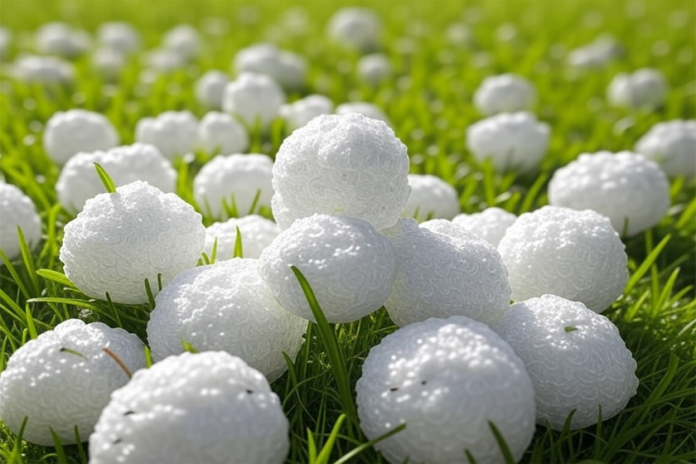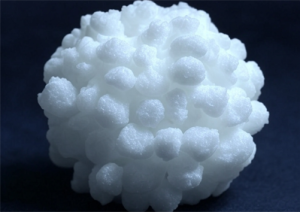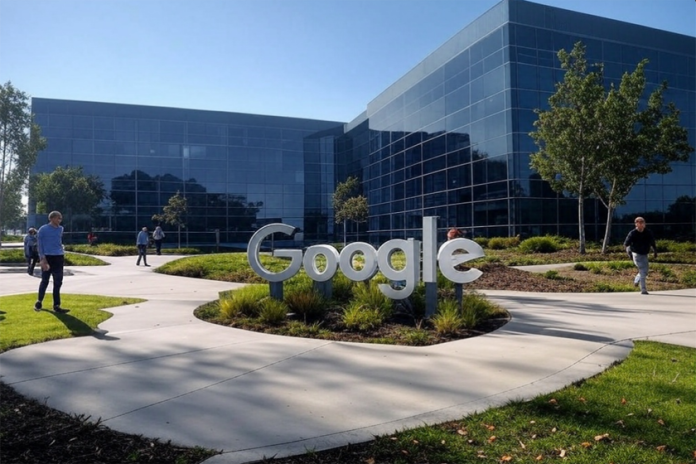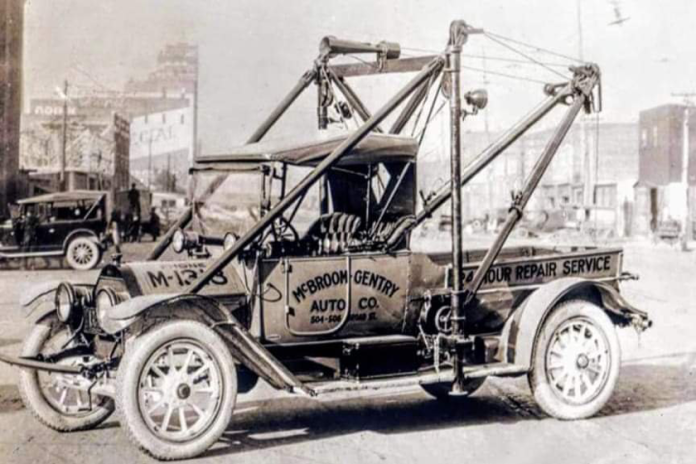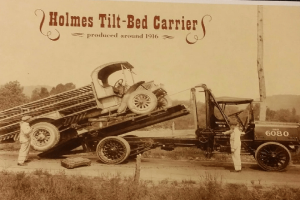International student visas are being cancelled in Montana. The U.S. Department of Homeland Security revoked F-1 student visas for four international students at Montana’s flagship universities.
Three students at Montana State University (MSU) were discovered during a routine check of visa statuses — MSU in Bozeman has an estimated 400 students from 64 countries, and the vast majority of them are on F-1 visas.
The other student was from the University of Montana (UM), a graduate now living out of state. UM has students from roughly 50 different countries.
MSU was not notified in advance of the revocations, which is atypical for such cases.
The reasons for the recent revocation of international student visas in Montana remain unclear, with no specific explanations provided by the U.S. Department of Homeland Security (DHS). However, broader trends under the Trump administration suggest potential reasons for such actions:
Some international students across the U.S. have had their visas revoked for expressing political viewpoints, particularly pro-Palestinian activism, through editorials or protests.
Visa cancellations have also targeted students with prior legal issues, such as DUI convictions.
The State Department has emphasized visa revocations as part of efforts to maintain national security and community safety.
In this specific case, DHS did not communicate directly with Montana State University or the University of Montana regarding the revocations, leaving both institutions and affected students without clarity on the rationale behind these decisions
MSU President Waded Cruzado emphasized support for affected students and compliance with federal laws.
Other universities like Harvard and UCLA have also faced similar actions.
Revocation processes differ between F-1 and J-1 visas.
The revocation process for F-1 and J-1 visas differs primarily in terms of governing regulations, reasons for revocation, and procedural steps.
F-1 Visa Revocation
Reasons for Revocation:
-
- Ineligibility under visa criteria (e.g., failure to maintain full-time enrollment or unauthorized employment).
- Legal infractions, such as DUIs or other criminal activities.
- National security concerns or suspected immigrant intent.
Process:
-
- Revocations are often initiated by the Department of State (DOS) or Department of Homeland Security (DHS).
- The visa holder may not always be notified in advance, especially in cases of “prudential revocation” (precautionary cancellations based on suspected issues).
- Affected individuals may remain in the U.S. until their status is formally terminated by an immigration judge, but future applications for extensions or changes of status may be denied.
Impact:
-
- The visa becomes invalid for re-entry if the individual leaves the U.S., requiring a new application to return.
J-1 Visa Revocation
Reasons for Revocation:
-
- Violations of SEVIS requirements, such as failure to report arrival, dropping below full-time enrollment without authorization, or unauthorized employment.
- Expulsion, suspension, or failure to maintain required health insurance.
Process:
-
- SEVIS (Student and Exchange Visitor Information System) records are terminated upon violations, immediately placing the individual out of status.
- The revocation process is tied closely to compliance with program-specific requirements outlined in the DS-2019 form.
Impact:
-
- J-1 holders typically have a short grace period after termination to depart the U.S. or rectify their status.
Reinstatement options are limited compared to F-1 visas.
Key Differences
| Aspect | F-1 Visa | J-1 Visa |
|---|---|---|
| Primary Oversight | DHS and DOS | DOS and SEVIS |
| Common Violations | Unauthorized employment, legal issues | SEVIS violations, program noncompliance |
| Notification | May lack prior notice | Immediate SEVIS termination |
| Grace Period | May remain until formal removal | Limited grace period |
| Reinstatement Options | More flexible | Limited |
In both cases, visa holders are encouraged to seek legal advice immediately upon notification of revocation to explore available remedies.



